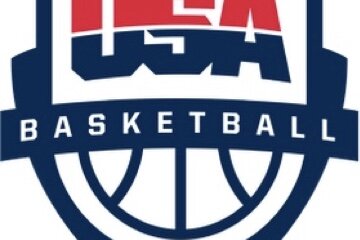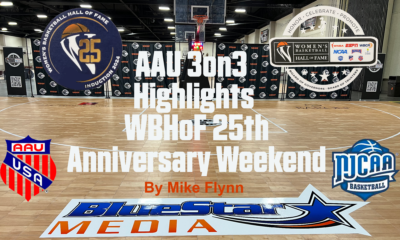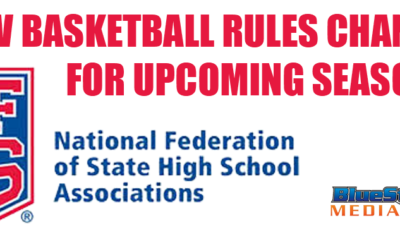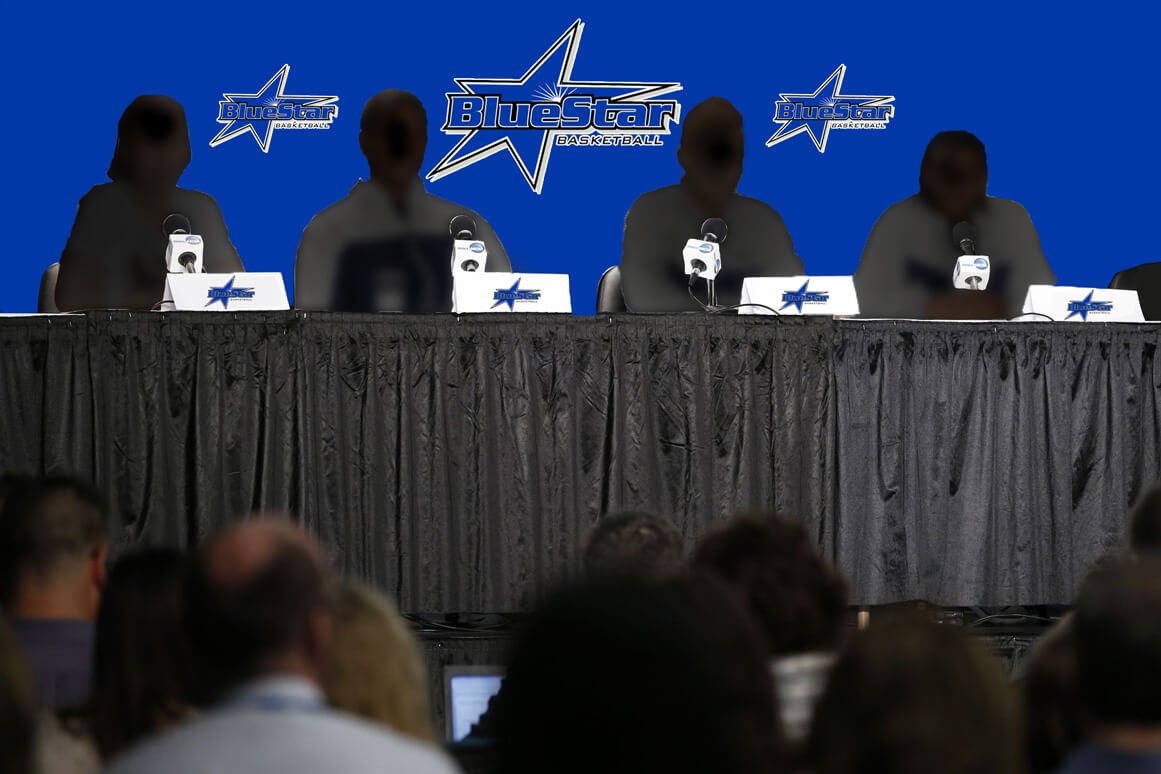The official start to pre-season practice has arrived, although most of the 347 NCAA Division I women’s teams have been getting underway earlier due to the Oct. 5 allowance.
The off-season at times was a difficult one, with ugly and high-profile transfer battles by Leticia Romero and Daisha Simmons, the sudden move by Diamond DeShields from North Carolina to Tennessee, and the tragic deaths of Richmond assistants Ginny Doyle and Natalie Lewis in a hot air balloon accident.
It was also a momentous summer, with a notable change in a key leadership position, with the WBCA hiring a new executive director in Danielle Donehew, who succeeds Beth Bass. The NCAA also has a new coordinator of officials in ex-referee June Courteau.
There were 30 coaching changes in Division I, most notably Jimmy Dykes at Arkansas and Kelly Graves moving from Gonzaga to Oregon, and Curt Miller’s sudden departure from Indiana.
More recently, teams have been having their media days, coaches have been Tweeting motivational messages and social media accounts have been filling up with practice photos and preview materials from SIDs.
But some longstanding issues facing the sport are left looming as another season approaches.
Some were initially addressed last summer in Val Ackerman’s white paper, and the NCAA women’s basketball committee quickly took action, mostly in making changes to the tournament format.
This year, first and second round games will revert back to the home floors of the top 16 seeds in the tournament, as they once did before experimenting with predetermined sites. Coaches grumbled about last season’s sudden change to regionals on home floors, but that attracted great crowds. Neutral sites are back in Albany, Greensboro, Oklahoma City and Spokane (a late replacement for Sacramento).
There also has been grousing in some coaching corners about occasional reminders (usually coming from NCAA staffers) about the high cost of Division I women’s basketball, and that it’s near the bottom in terms of expenses to revenues.
It’s a chastening reality, but the NCAA’s concerns about costs, attendance and television ratings for women’s hoops figure to grow in the post-O’Bannon environment. As coaches prepared for the July evaluation period, the NCAA posted a story on its website with the headline: “Division I Women’s Basketball Committee seeks costs savings for championship.”
This is about reducing travel expenses during the tournament, and especially the costs for charter planes used by men’s and women’s teams in the first and second rounds. There weren’t any details or dollar figures offered beyond that, and the committee is slated to meet next month.
At the Sports Business Journal‘s Game Changers conference in New York in September, Anucha Browne, vice president of the women’s Division I basketball championship, didn’t waver from that script. She, Ackerman, Chris Plonsky of Texas and others expressed concern not only over the possible future funding model for college sports in the wake of the O’Bannon ruling, but also its implications for gender equity and the athletic experience for players.
This is all well and good and predictably idealistic, but the reason for the Ackerman Report in the first place and so much of what Browne and other NCAA leaders have said about women’s basketball since the Mark Emmert regime began was this:
It’s an expensive sport with a high profile for a non-revenue endeavor that needs to be treated more as a business. Some marketing-savvy coaches have been doing that, and have been encouraging their peers to follow suit. But too many in the sport just aren’t thinking or acting that way that all.
The sport’s flagship status in women’s college athletics also hasn’t done much to endear itself to a larger female audience.
During the conference, Browne threw out this startling fact — that on ESPN‘s women’s college games, the viewers are 75-80 percent male. That’s just as disconcerting than another ESPN number Ackerman used in her white paper, citing that the average viewer of a women’s college game is a 55-year-old man.
“Women are not choosing women’s sports,” Browne said. This is a refrain to the Women’s Final Four summit in Nashville in April that reviewed the season in the context of the Ackerman report, but that adjourned without any actionable steps forward.
Ackerman, now in her second season as commissioner of the Big East, insisted that women’s sports in general “need to think big, think broadly. What’s worked for men may not always work here.”
She still likes her white paper recommendation of having the Women’s Final Four on a different weekend from the men, so “the women can have the spotlight.”
But the NCAA has decided against that, at least for now. When I spoke to Ackerman individually at the Game Changers conference, I asked her what she thought of what the NCAA has done with her report.
“It’s moving slow,” she said, clearly frustrated with the more deliberate committee-driven process in college athletics, after being in the NBA and WNBA for so many years.
“I’m new to this space, but I’m surprised by the lack of ease” of getting things done, she said. “It’s so hard to move ideas through the system.”
Although it is a fragmented system, Ackerman said she still believes that within the women’s coaching community, there is still “an appetite for change,” to repeat a prominent phrase from her report.
It may not always seem like it, and the NCAA remains strongly focused on the immediate bottom line. Ackerman said she’s worried that “we don’t have anybody looking at a strategic plan” with an eye toward long-term structures to serve the sport better.
But that might depend on NCAA decisions stemming from O’Bannon, and its new Power 5-driven reality.
Wendy Parker is a sportswriter and web editor who has covered women's basketball since the early 1990s. She is a correspondent for Basketball Times and formerly covered women's and college sports, soccer and the Olympics at The Atlanta Journal-Constitution. She is the author of "Beyond Title IX: The Cultural Laments of Women's Sports," available on Amazon, and the creator of Sports Biblio, a blog about sports books and history.

Latest Articles
-


Christopher Lawlor
/ 1 day agoTwenty-Six Athletes Expected to Participate in USA Basketball Women’s U18 National Team Trials that begin on May 15
COLORADO SPRINGS, Colo. — USA Basketball announced 26 athletes expected to participate in the...
-


Basketball
/ 4 days agoAAU 3on3 Highlights WBHoF 25th Anniversary Weekend
KNOXVILLE – The 25th anniversary weekend celebration of the Women’s Basketball Hall of Fame...
By Mike Flynn -


Christopher Lawlor
/ 1 week agoGONE PRO: Blue Star Media Elite 25 football rankings’ regulars Bishop Gorman (NV) and IMG Academy (FL) lead 2024 NFL Draft with three selections apiece
BENSALEM, Pa. – One of the greatest three day stretches annually in professional sports...
-


Basketball
/ 1 week agoREVISIONS: National Federation of State High School Associations announce rule changes for upcoming season; flopping will incur a technical foul
BENSALEM, Pa. – Floppers, beware, you will be warned once before being issued a...



